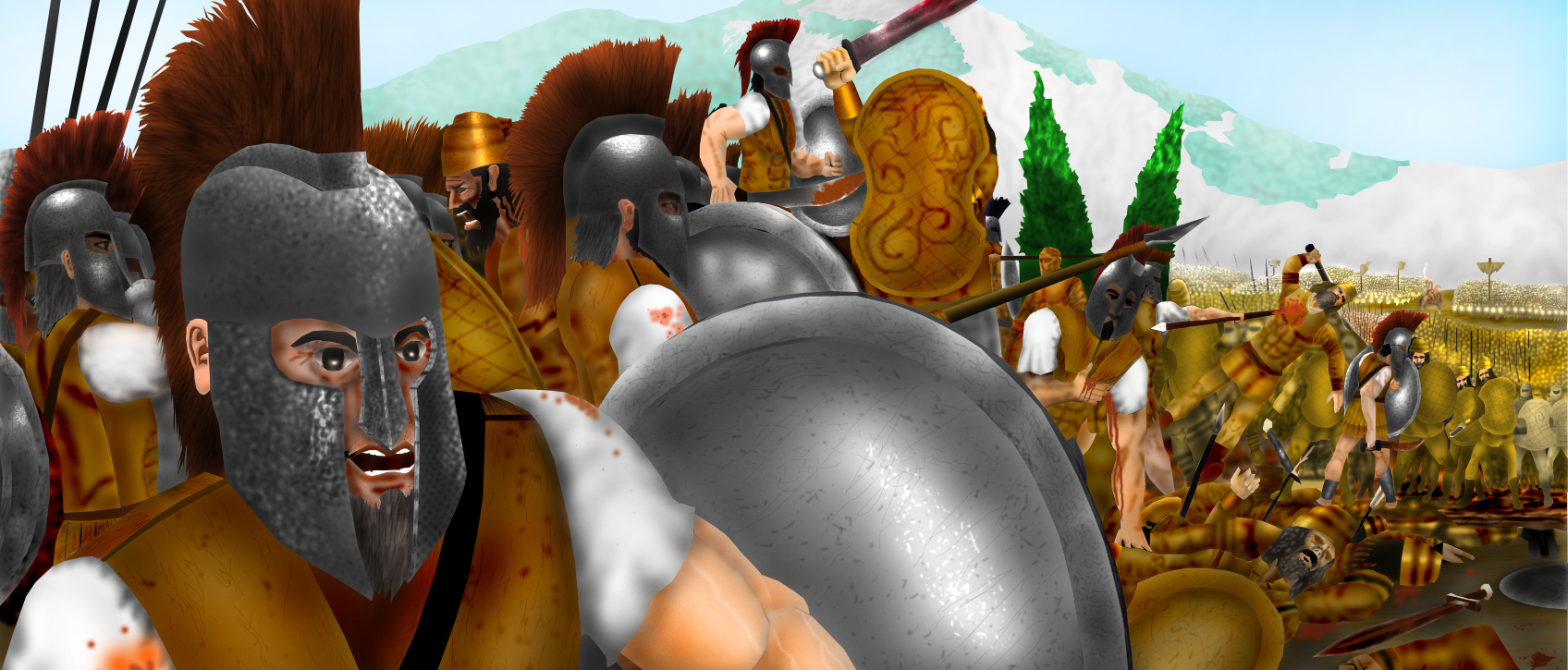Battle of Marathon
Posted on 25th December 2020
The battle of Marathon is considered to be one of history’s most famous battles showing that strength, organisation and determination could succeed even when heavily outnumbered.
King Darius I ordered the Persian invasion of 492BC to punish the city-states of Athens and Eretria for supporting the city of Ionia against the Persians during the Ionian Revolt; he also wanted to expand his empire into Europe.
There were many battles during the 1st Persian Invasion of Greece, but it was to end with the decisive battle of Marathon in 490BC.
This battle was between the Athenians supported by Plataeans, and a Persian force led by Datis (Persian Commander) and Artaphernes (brother of Darius I).
In September 490BC Persian forces sailed along the coast of Attica and landed at the Bay of Marathon. These ships were to unload approximately 20,000 soldiers, both infantry and cavalry onto Greek soil.
The Greek army of around 9,000 Athenians and 1,000 Plataeans marched to Marathon and blocked the two exits from the Plain of Marathon, where the battle would take place. This was to stop the Persians from moving inland.
The plain was surrounded by hills and marshes; therefore, the Persians could not send their cavalry into battle and were reliant on their infantry, the Greeks however were still heavily outnumbered.
The Persians formed a long line and waited for battle. They placed their best soldiers in the centre of their line, many deep, thinning out towards the flanks.
The Greek General Militiades ordered his hoplites (warriors) to form a line equal in length to the Persians but this gave his force little depth. He ordered his most experienced warriors to form at the flanks leaving the line weaker in the centre. This decision confused the Persians but was ultimately to prove decisive.
The outnumbered Greek force attacked the Persians directly. This seemed like madness; the thinner Greek force broke in the middle but the stronger flanks were able to slaughter the weaker Persians on the wings of the line. The Greeks then turned and surrounded the Persians in the centre.
This battle strategy resulted in the slaughter of approximately 6,400 Persians with losses of only 194 Greeks.
Armies of the city-states in Greece had always relied on the Spartan army in battle, as they were known to be the strongest, most fearsome warriors in Greece.
This battle was to prove to Athens and the other city-states that they could be successful in battle through good leadership and tactical decisions, and not purely because the Spartan army were in attendance.
Tagged as: Junior Ancient Greece
Share this post:





